
Ancient domestication: millennia ago the fox was a pet
1500-year-old remains in Argentina reveal a domesticated fox buried with its human, suggesting historic domestication.

1500-year-old remains in Argentina reveal a domesticated fox buried with its human, suggesting historic domestication.
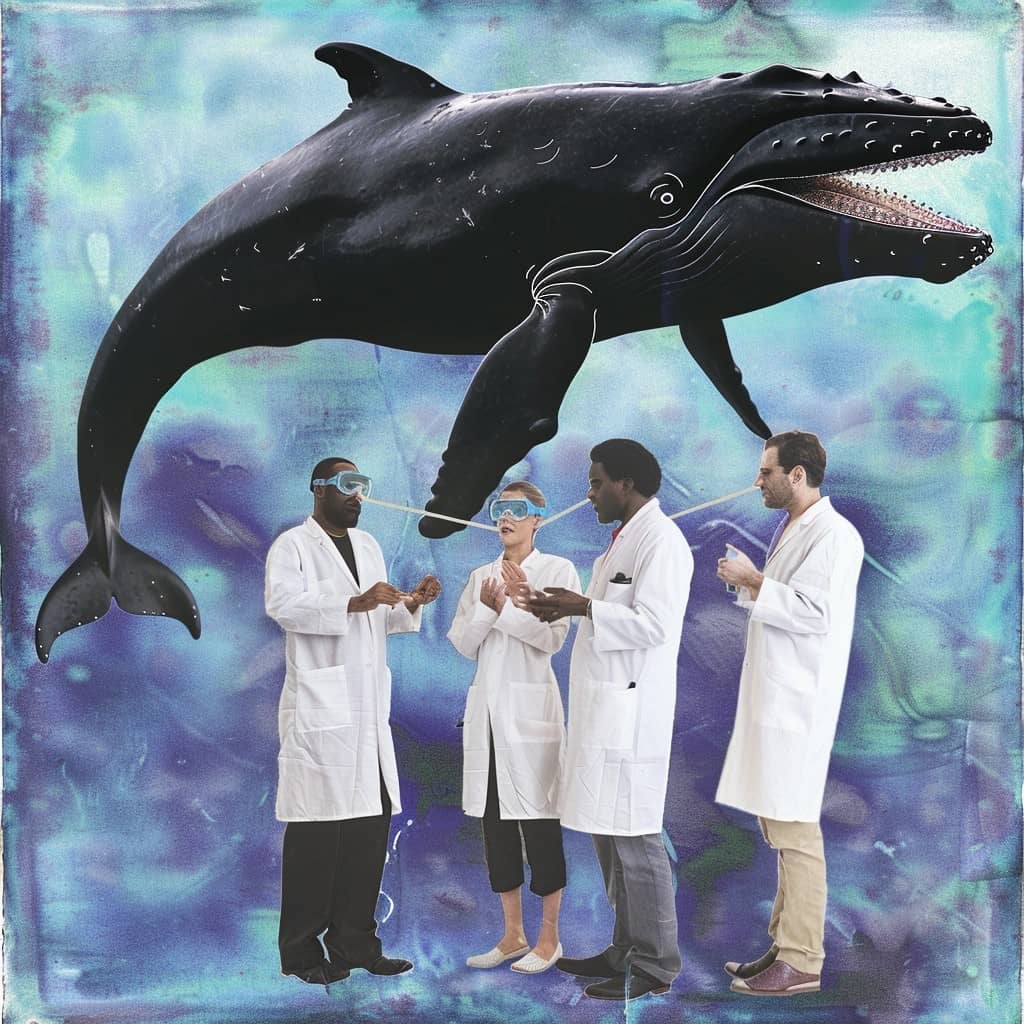
A "hello" between species: this is the meaning of the exchange of vocalizations between SETI Institute researchers and Twain, an Alaskan humpback whale.

Thanks to electrodes and mathematical models, they reconstruct the sound "sung" silently during the thresholds. A discovery that brings us closer to the animal mind.
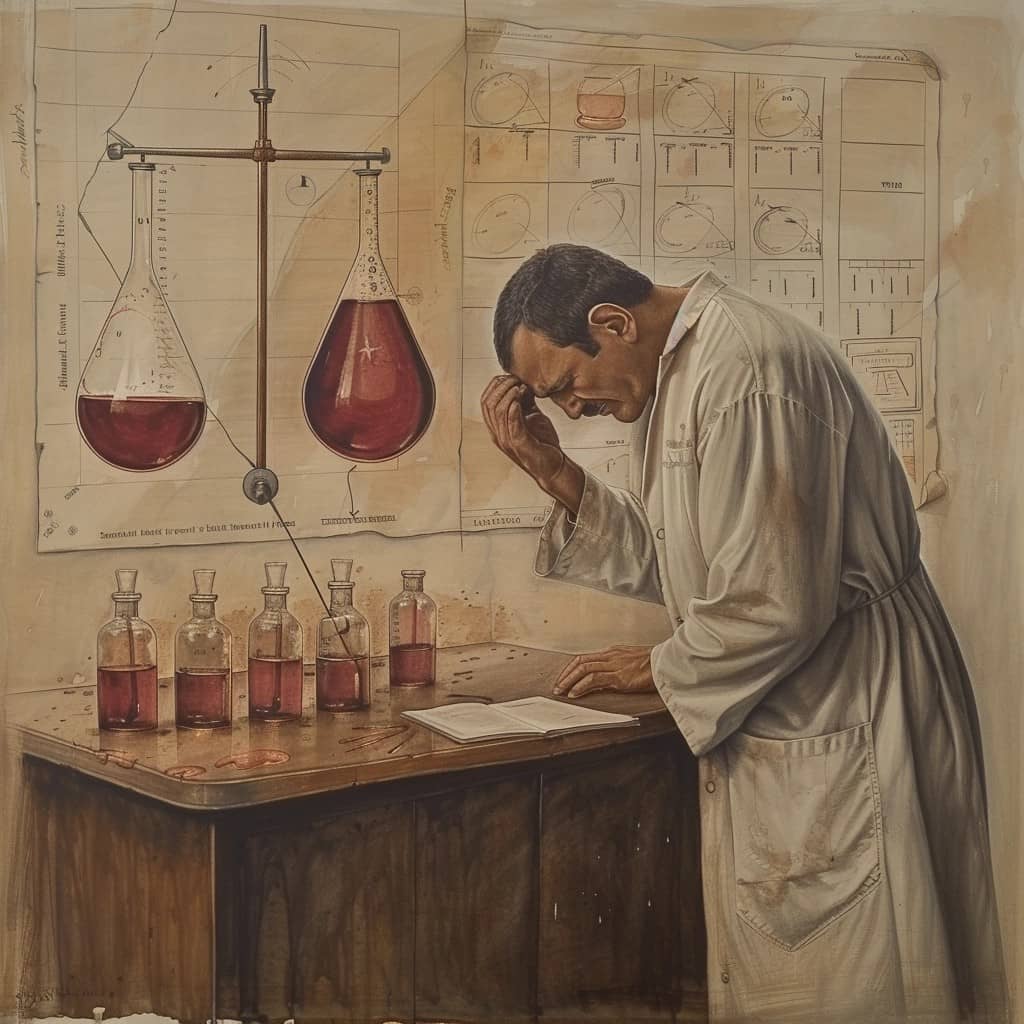
From medicine to evolution, through climate and society: there are scientific facts that still divide public opinion. Why do many reject them?

Researchers at the University of Oxford have cataloged more than 4.400 naturally preserved human brains, some dating back 12.000 years, challenging the idea that they are extremely rare.

'Quantum vortex' created for the first time in an ultracold helium superfluid: mimics conditions near a black hole on Earth
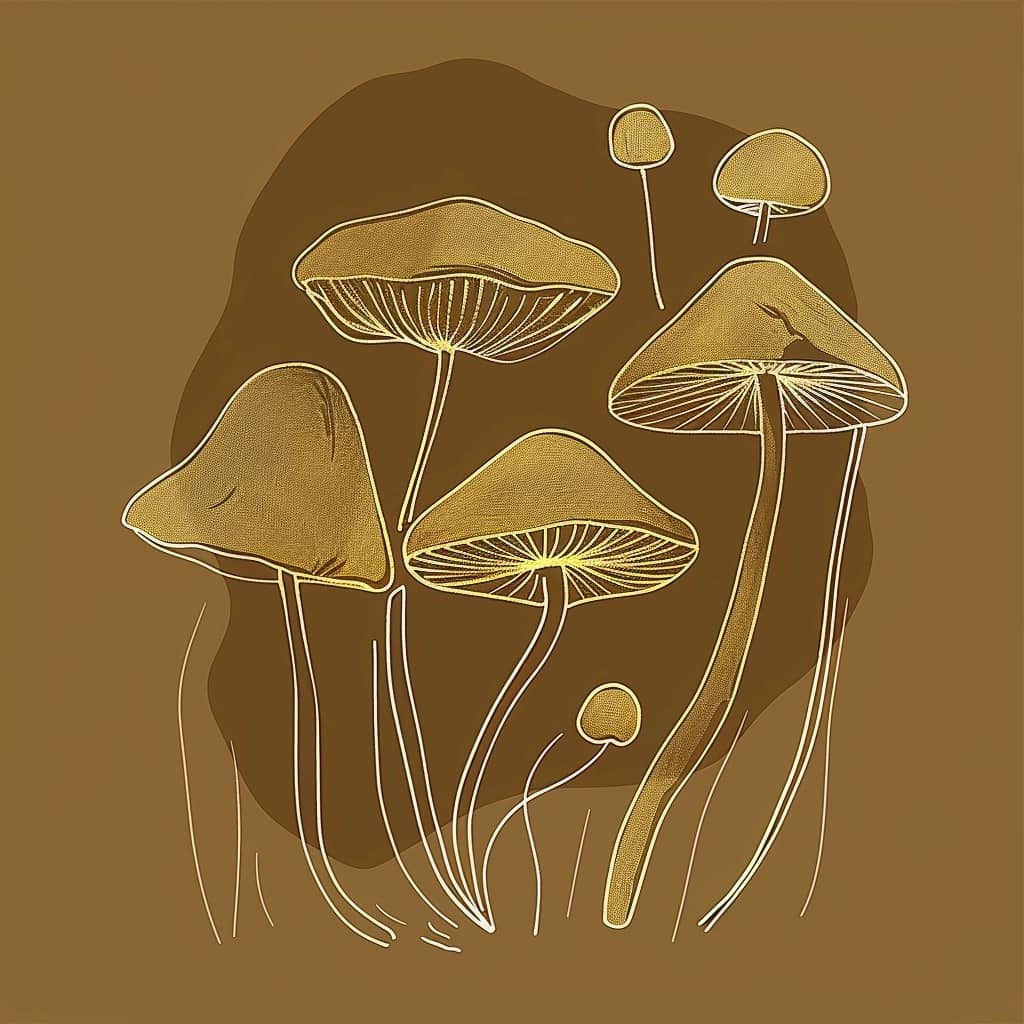
Researchers from Goa University have discovered an innovative method to extract gold nanoparticles from Termitomyces mushrooms, opening up new prospects for India in the global market.
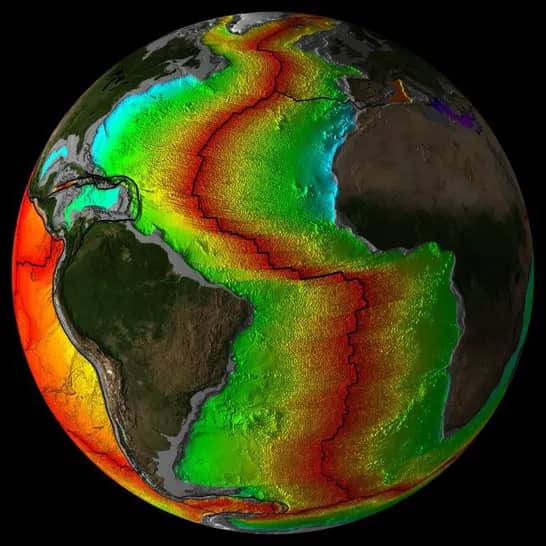
The subduction zone beneath the Strait of Gibraltar is moving westward and may one day "invade" the Atlantic Ocean, causing it to slowly close.
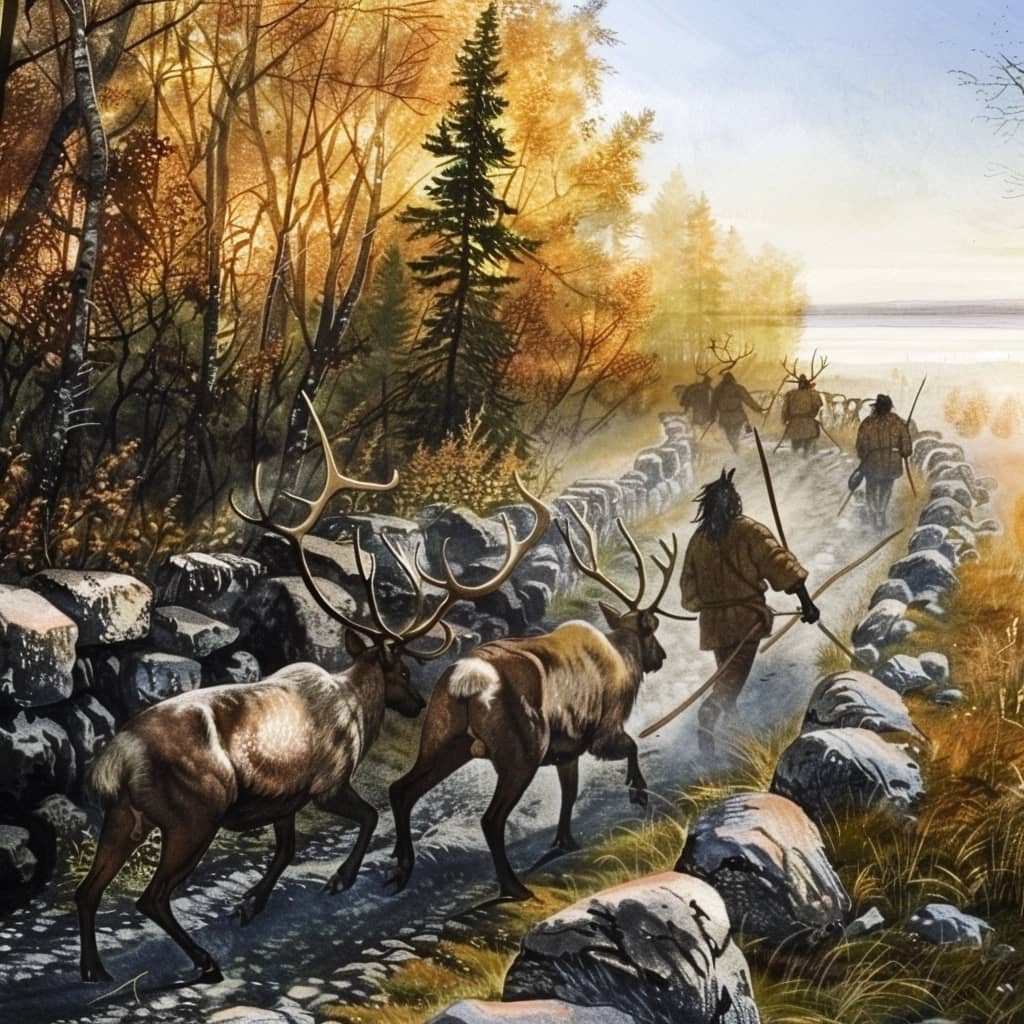
The Blinkerwall, a stone megastructure discovered in the Baltic Sea, sheds light on Paleolithic hunting strategies.

The existence of a new type of magnetism has been confirmed: the discovery paves the way for "spintronic" computers, based on the spin of electrons, rather than on electric current.
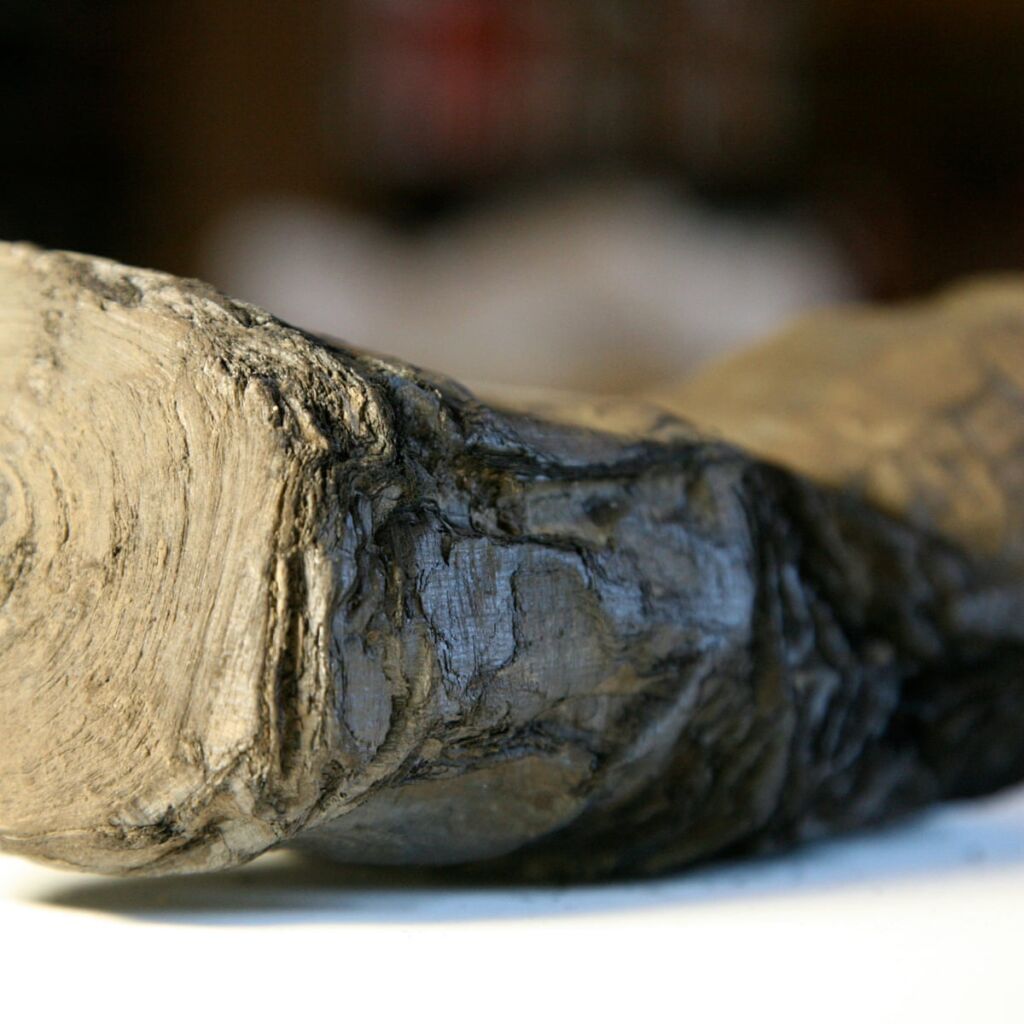
Reading the Herculaneum Papyri with artificial intelligence begins to reveal lost works. The Vesuvius Challenge is won.
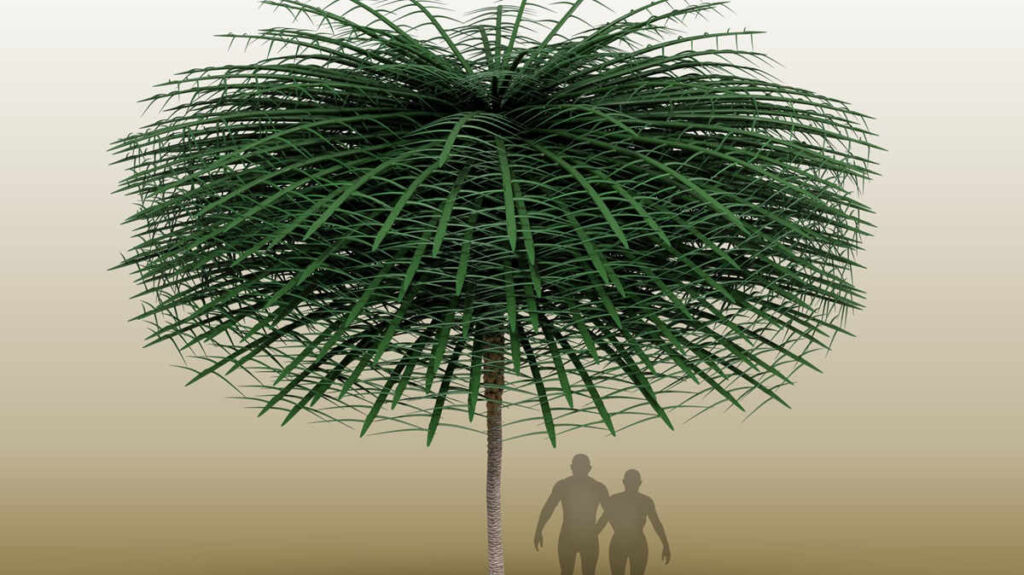
Very strange shape, thin and non-wooden trunk, wide leaves and no branches: the tree fossil just discovered in Canada is one of a kind.

The Aggarwal-curcumin case shows how high the risk of manipulation and false hopes is in research, and how much attention is needed.

New research on Leonardo da Vinci's aerial propeller shows promising solutions for reducing noise pollution from drones.

Brrr, Antarctica! Cold place of mystery and speculation. Let's compare popular theories and recent scientific evidence together.

Recent studies reveal that India's tectonic plate is splitting right beneath Tibet, changing the geology of the Himalayas

A recent archaeological discovery in Scandinavia could rewrite the history of the Vikings, revealing ancient naval funeral rites before the Viking Age.

The integration of Neanderthal DNA into modern humans raises questions about our true evolutionary heritage.
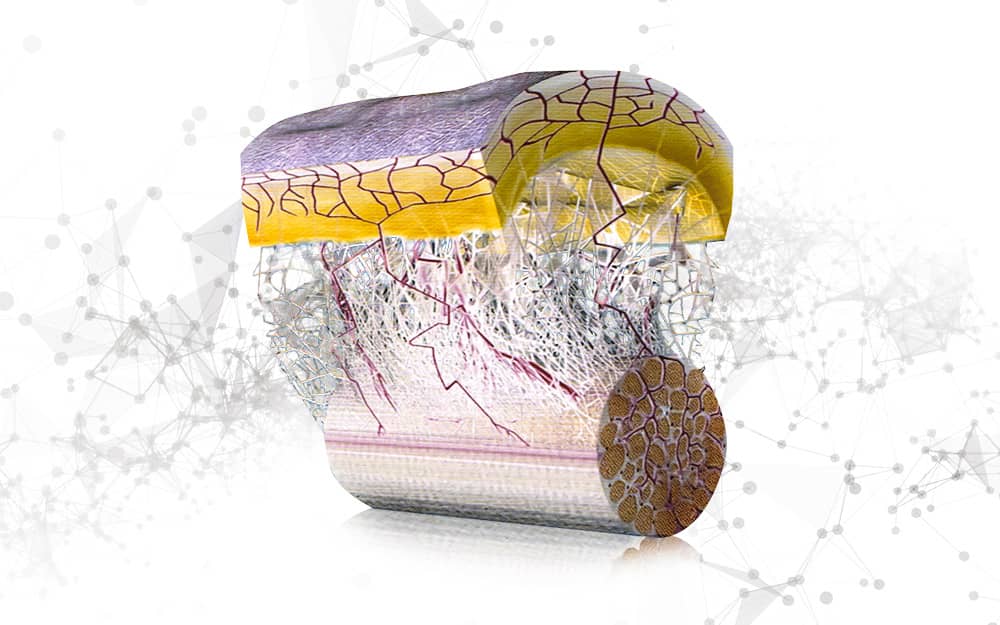
All the recent research that highlights the importance of fascia, the tissue that supports organs and muscles

Research reveals that 27 well-chosen tickets offer a sure win in the UK National Lottery. But as always, all that glitters is not gold.
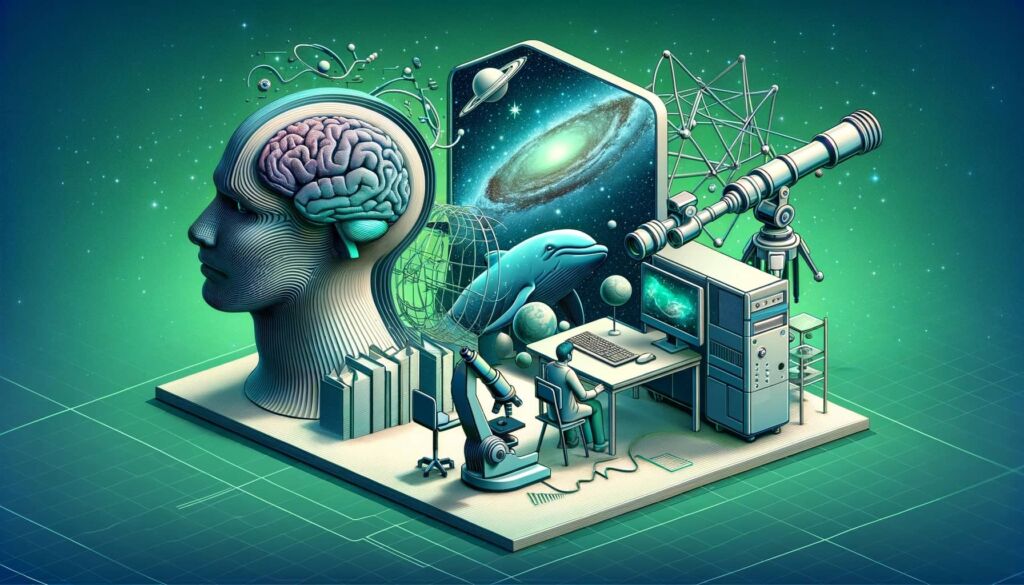
"Brains" playing Pong, dark stars, conversations with whales... Nothing is missing from the strangest searches of the year.